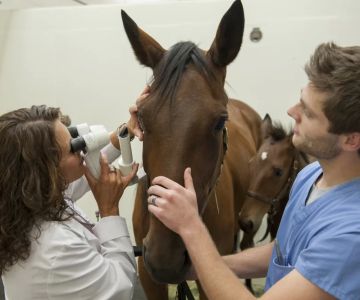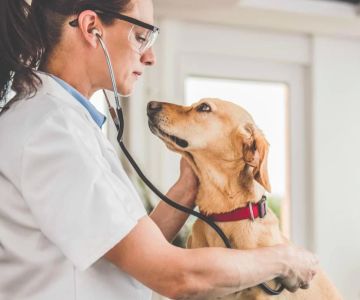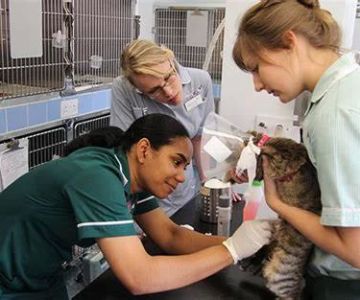- 1-overview-of-veterinary-enemas
- 2-common-reasons-for-enema-use-in-animals
- 3-potential-risks-and-safety-concerns
- 4-proper-administration-of-veterinary-enemas
- 5-real-world-examples-and-case-studies
- 6-consulting-veterinarians-and-choosing-products
- 7-ensuring-safe-enema-treatment-for-pets
1. Overview of Veterinary Enemas
Veterinary enemas are medical treatments used to relieve constipation or cleanse the lower bowel in animals. Administered under professional guidance, they can be vital for digestive health but require careful consideration to ensure pet safety.
Understanding the purpose and types of veterinary enemas helps pet owners appreciate their role in veterinary care.
2. Common Reasons for Enema Use in Animals
Enemas are often employed to treat severe constipation, impacted feces, or prepare animals for diagnostic procedures. In some emergency cases, enemas assist in clearing obstructions and supporting digestive function.
Knowing when enemas are appropriate helps avoid misuse and unnecessary stress on the animal.
3. Potential Risks and Safety Concerns
While veterinary enemas can be effective, improper use poses risks such as mucosal irritation, electrolyte imbalance, or injury to the rectal tissues. Overuse or use of inappropriate solutions may exacerbate problems rather than alleviate them.
Therefore, safety is paramount, and enemas should never be administered without veterinary consultation.
4. Proper Administration of Veterinary Enemas
Veterinarians recommend specific enema types, dosages, and techniques based on the animal’s species, size, and condition. Following professional instructions minimizes risks and maximizes treatment effectiveness.
Training pet owners on correct administration is critical to ensure comfort and safety during the process.
5. Real-World Examples and Case Studies
Case studies demonstrate successful use of veterinary enemas under veterinary supervision, with positive outcomes in resolving severe constipation and digestive blockages. Conversely, cases of self-administered enemas without guidance often resulted in complications.
These examples underscore the importance of professional oversight.
6. Consulting Veterinarians and Choosing Products
Before using any enema, pet owners should seek veterinary advice to select safe, species-appropriate products. Many specialized veterinary enemas are designed with gentle formulations to protect delicate tissues.
Veterinary guidance ensures that treatment choices align with the animal’s health needs.
7. Ensuring Safe Enema Treatment for Pets
Safety in veterinary enema use combines proper veterinary consultation, adherence to recommended techniques, and careful monitoring of the pet’s response. Owners are encouraged to maintain open communication with their vets throughout treatment.
For trusted veterinary care products and expert advice, consider exploring resources like ESPLawyers, which provide comprehensive guidance to support safe and effective pet health management.










